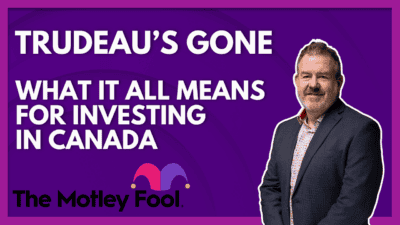Since 1985, Fairfax Financial Holdings Ltd. (TSX:FFH) has managed to grow its book value by 20% annually, a feat only a handful of companies have been able to do, including Warren Buffett’s Berkshire Hathaway Inc. (NYSE:BRK.A)(NYSE:BRK.B). The man responsible for this incredible long-term performance is Prem Watsa, who has managed to largely stay out of the public eye.
His investment prowess has been noticed by other famed investors. Billionaire Wilbur Ross said Watsa is “excellent on macroeconomic analysis and translating that into an investment thesis. He adds value to a business by devising sometimes out-of-the-box strategies and tactics. Third, he is a very disciplined buyer and seller.”
Even if most investors ignore Fairfax, its shareholders likely don’t care much. Over the past five years alone, shares are up 87% versus a decline of 8% for the TSX.
Is there opportunity to buy shares today?
Hedging its bets
Just like Berkshire Hathaway, Fairfax has made its money by investing proceeds from its insurance holdings into various opportunities, largely public equities. As of last quarter, it had an equity portfolio of about $6 billion. Some of its largest positions include BlackBerry Ltd., Resolute Forest Products Inc., Kennedy-Wilson Holdings Inc., International Business Machines Corp., and Overstock.com, Inc.
Fairfax has an extensive history of being very conservative with its bets, employing the use of various hedges to lessen its exposure to macroeconomic events. During the last financial crisis (2007-2008), the company was betting on a major stock market and a U.S. residential mortgage-backed-securities breakdown.
When things started to collapse, Fairfax made a huge profit of $4.7 billion. While the market was tanking, Fairfax stock actually increased by over 90% from 2007 to 2010. How is the portfolio positioned today?
As mentioned, Fairfax has a long equity portfolio of roughly $6 billion. Its short positions, however, amount to roughly $6 billion as well, implying that Watsa isn’t too confident about the future direction of stocks. Compare this with 2014, when the company ended with a net long position of roughly $2 billion. The company’s cash position has also increased from $6.8 billion at the end of 2014 to over $8 billion today.
Even if you’re worried about a decline in the markets, an investment in Fairfax is actually fairly low risk right now.
How are shares priced?
Fairfax currently trade at about 1.3 times book value compared with a five-year average of just 1.2 times. While the underlying value may increase when updated results are released, it represents a premium over Berkshire Hathaway’s valuation of just 1.2 times book value. That’s under Berkshire’s five-year average of 1.3 times.
So, it looks like the market has reversed its historical premium on Berkshire stock compared to Fairfax. This premium could be due to multiple factors.
First, investors have become jittery with recent market volatility and may be valuing Fairfax’s proven ability to profit off downturns. Second, Fairfax may be able to capitalize on better investment opportunities compared to the behemoth portfolio size of Berkshire’s. Warren Buffett once said that he could generate returns of 50% annually if he ran a smaller portfolio.
Even though its valuation has surpassed Berkshire Hathaway, shares of Fairfax are still quite cheap. If you bought shares at its current valuation at any time over the past five years, you would have made market-beating profits. Long-term investors would be wise to accumulate Fairfax stock.






